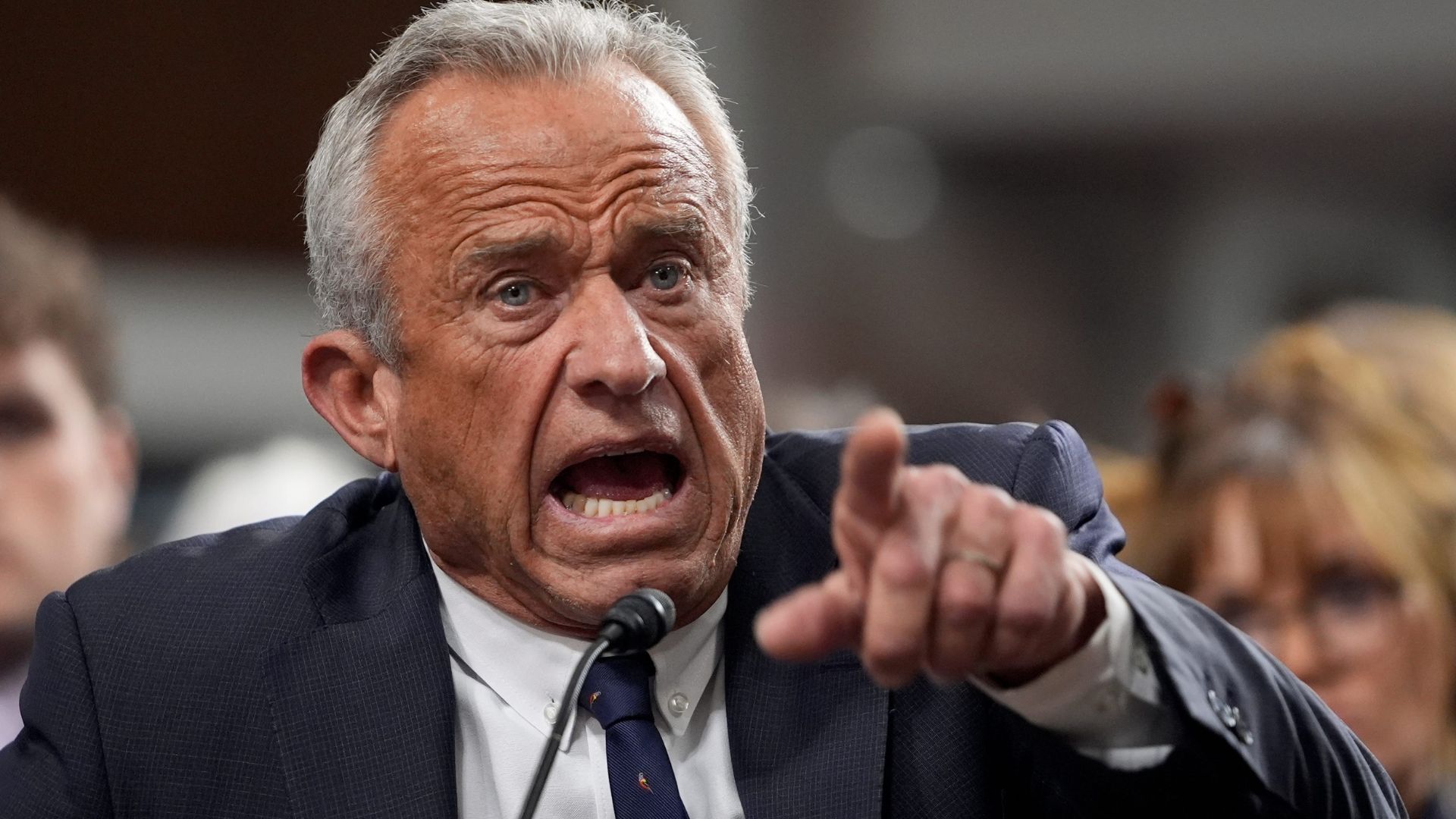During a Sept. 2 campaign event in Pittsburgh, 2024 Democratic nominee Vice President Kamala Harris claimed 2024 Republican nominee and former President Donald Trump wants to impose a national sales tax on everyday products, which would cost the typical American family almost $4,000 a year.
Verdict: Unsubstantiated
Multiple sources, as well as comments from numerous experts, indicate the estimated economic impact of Trump’s proposed tariffs varies by study.
Fact Check:
Historian and elections forecaster Alan Lichtman recently predicted Harris will win the 2024 presidential election, according to The Hill.
During the campaign event, Harris claimed Trump wants to impose a national sales tax on everyday products, which would cost the typical American family almost $4,000 a year.
“He wants to impose, what in effect, would be a national sales tax. I call it the Trump national sales tax on everyday products and basic necessities that would cost a typical American family, the economists have said this, almost $4,000 a year,” Harris said.
The claim is unsubstantiated. Harris appears to be referring to Trump’s proposed tariffs. According to a June 2024 research piece from the American Action Forum, Trump has proposed a 10% tariff on “all imports into the United States,” “which would result in average estimated additional costs per U.S. household of between $1,700 and $2,350 annually.” Trump has also proposed a 60% tariff on Chinese imports, which would “increase household costs by $1,950 annually,” according to the same piece.
Likewise, in an August 2024 piece, the Peterson Institute for International Economics (PIIE) indicated Trump had proposed a 60% tariff on Chinese imports and a 10% tariff on imports “from everywhere else.” Furthermore, the institute noted that more recently Trump has considered up to a 20% tariff “on most imports.” Having run the numbers, the institute found that imposing the 60% tariff on Chinese imports combined with the 20% tariff on most imports “would cost a typical US household in the middle of the income distribution more than $2,600 a year.”
The Center for American Progress (CAP) also calculated the economic impact of Trump’s proposed tariffs in an August 2024 piece. Trump’s proposed 10% tariff on most imports combined with his proposed 60% tariff on goods imported from China would result in “an annual $2,500 tax increase for a family in the middle of the income distribution.” Similarly, Trump’s proposed 20% tariff on most imports combined with his proposed 60% tariff on goods imported from China would result in a “$3,900 tax increase for a middle-income family.” CAP arrived at both figures by “[assuming] the tax on imported Chinese goods is 40 percent on top of the 20 percent tariff on all imported goods.” (RELATED: Kamala Harris Claims Trump And Allies Will Implement Abortion Ban, Limit Birth Control Access If Reelected)
A Harris campaign spokesperson directed Check Your Fact to the piece from CAP, saying, “CAP Action Fund’s analysis of Trump’s tariff proposal found that it would increase costs for a typical family by $3,900.”
Similarly, PolitiFact fact-checked Harris’ claim, which she also made during her acceptance speech at the 2024 Democratic National Convention, and the outlet reported that the specific economic impact of Trump’s proposed tariffs varies by study. In addition to citing the same figures from the American Action Forum, PIIE, and CAP, Politifact also cited the Urban Institute-Brookings Institution Tax Policy Center, which “projected that the 10% and 60% tariffs would collectively lower average after-tax incomes of U.S. households by about $1,800.”
Multiple experts offered their perspectives on Harris’ claim with Check Your Fact.
Brendan Duke, senior director for economic policy at the liberal Center for American Progress, told Check Your Fact that Harris’ claim is based on his own research.
“The Harris claim is based on my own CAP Action research finding that a 20 percent tax on all imported goods combined with a 60 percent tax on all imported goods would amount to a $3,900 tax for a typical family,” Duke explained, citing the same piece Harris’ campaign spokesperson directed Check Your Fact to.
“This is a reasonable way to describe the Trump proposal—tariffs are taxes on consumption just like sales taxes are. Under both sales taxes and tariffs, the consumer does not mail a check with the tax to the government—retailers do–but economists typically assume the consumer bears most of the burden of the tax. The sheer size of Trump’s tariff and across-the-board nature makes it more like a sales tax than other tariffs like his last Administration’s,” he added.
Brian Riedl, senior fellow at the conservative Manhattan Institute, said Harris is “misrepresenting the details” of Trump’s proposed tariffs.
“While Trump’s new tariff would cost households, calling it a ‘national sales tax’ is not really accurate because it’s targeted to imports only and operates somewhat different than a sales tax. Also, the liberal Center for American Progress estimates the per-household cost at $1,500, not $4,000,” Riedl explained, citing a March 2024 piece published by CAP on Trump’s proposed tariffs.
“Trump’s tariff proposal is very destructive and costly for families, but Harris is misrepresenting the details,” he said.
When asked about differences in numbers shared by CAP in March 2024 versus August 2024, Riedl said it depends on which proposal, the 10% tariff or the 20% tariff, is considered “official.”
“It depends on which Trump proposal is considered ‘official.’ Originally it was a 10% global tariff, and then Trump hinted at perhaps 20%. The number you use depends on which you consider to be the official campaign proposal. I’ve stuck with 10% because the 20% figure seems more like a hint rather than the official figure, but really, with Trump, no one knows,” he explained.
Dean Baker, senior economist at the liberal Center for Economic and Policy Research, said Harris’ number is “in the range” of other estimates.
“This number is in the range of estimates from places like the Peterson Institute. These are plausible numbers in my view, but Trump has not presented a well-specified plan, so the impact could be very different depending on what he might ultimately try to put in place,” Baker said.
Scott Lincicome, vice president of general economics and Stiefel Trade Policy Center at the libertarian Cato Institute, said that while the numbers may vary, Harris’ claim is essentially correct.
“American consumers would see a substantial increase in the prices of things they buy, whether made aboard or domestically,” Lincicome said of Trump’s proposed tariffs. “One can quibble with the numbers but the basic thrust of her message is 100 percent correct,” he added.
Check Your Fact has also contacted a Trump spokesperson for comment.
Read the full article here





![Woke General CQ Brown Sent Packing, Replaced by Air Force Lt. Gen. Dan “Razin” Caine [WATCH] Woke General CQ Brown Sent Packing, Replaced by Air Force Lt. Gen. Dan “Razin” Caine [WATCH]](https://www.rvmnews.com/wp-content/uploads/2025/02/2025.02.22-11.55-rvmnews-67b9bb33ba659.jpg)



